Ever wondered how to make assessing your kindergarten students a breeze?

Have no fear, summative assessments are here!
So, what's a summative assessment?
Summative assessments measure a child's understanding and mastery of a lesson or unit of study and evaluate curriculum effectiveness. They occur after students have finished learning.

What are the benefits of using summative assessments?

Provide a snapshot to evaluate students

Identify strengths and gaps in the instruction and learning

Share academic growth with families
1. Observation and Documentation

After a lesson or unit of study, teachers closely observe their students and note their strengths and weaknesses in a particular skill or content area.
 Following a lesson on birds, students were assigned a task: to draw and label the parts of the bird. The teacher observed students labeling the beak, wings, and tail, while others were drawing and labeling bird families. These observations and notes allowed the teacher to identify gaps in the learning.
Following a lesson on birds, students were assigned a task: to draw and label the parts of the bird. The teacher observed students labeling the beak, wings, and tail, while others were drawing and labeling bird families. These observations and notes allowed the teacher to identify gaps in the learning.

Here are the pros and cons of observation and documentation in the class.
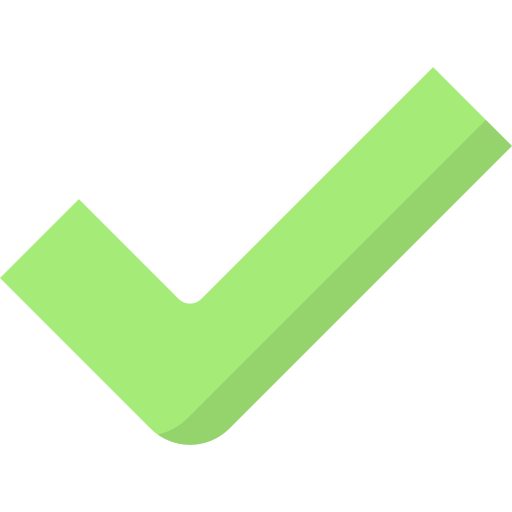
Completed on the spot
Planned or spontaneous
Suitable for all learners

Implicit bias can occur
Risk of inaccurate documentation
Time-consuming
2. Portfolios

Portfoliosare student work samples demonstrating a child's academic growth, areas of need, and learning styles.
An alternative to the traditional portfolio is a digital portfolio. Teachers can upload or scan work samples into Google Drive or OneNote.
What can I include in a portfolio?
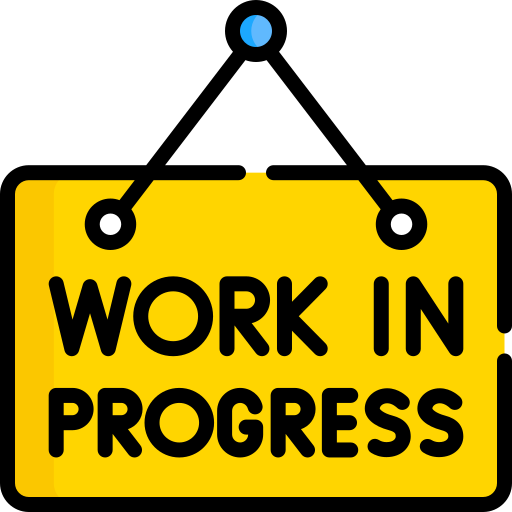
work samples from different points in the year to show growth
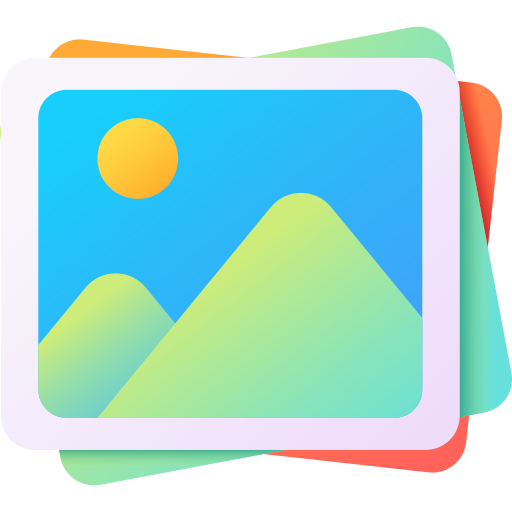
photographs from projects
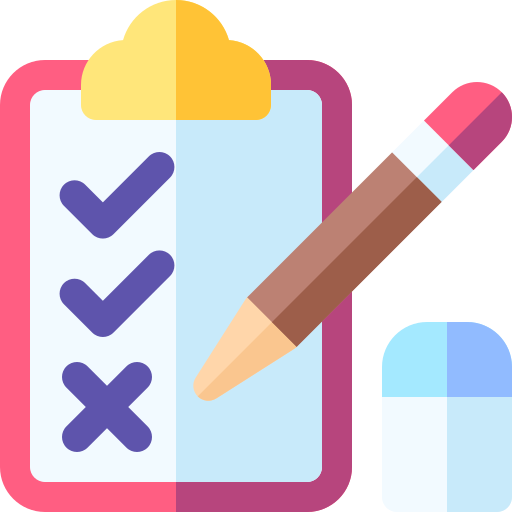
informal assessments
Explore the advantages and disadvantages of using portfolios:

Open-ended to include various subjects and projects
Showcases a student's strengths/ weaknesses
Monitor progress over time
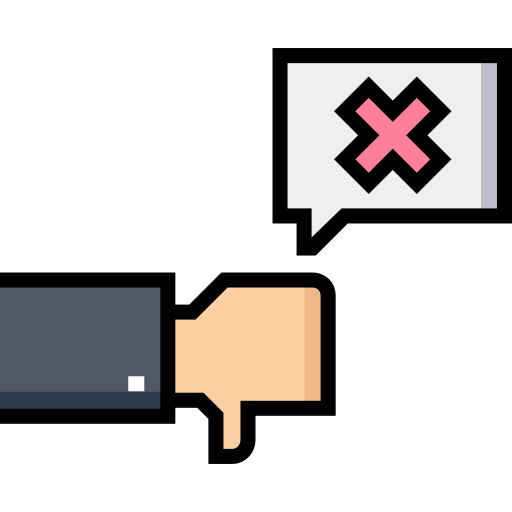
Collecting work can be time-consuming
Difficult to organize various work samples
Potentially biased based on the teacher's opinion
3. Questionnaires
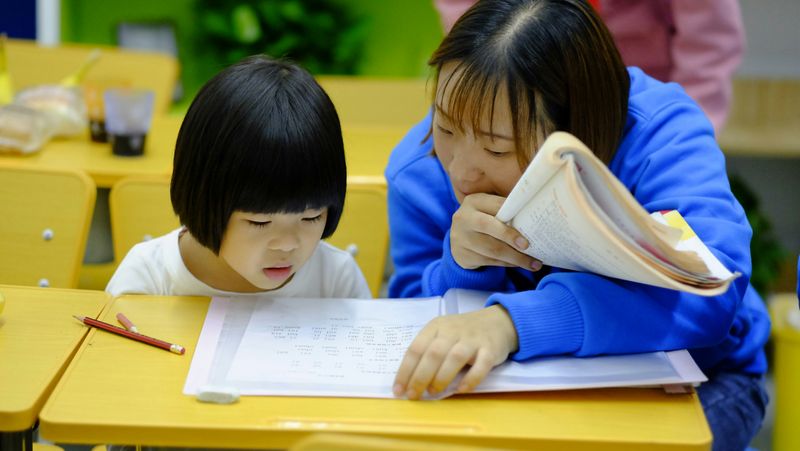 Photo by Jerry Wang on Unsplash
Photo by Jerry Wang on UnsplashQuestionnairesare questions or checklists aligned with educational standards. Teachers assess their students' academic, social-emotional, and physical skills.
Here are some examples:
Developmental milestone checklists allow teachers to track the developmental milestones (social-emotional, communication, cognitive, and physical) of their students.
Kindergarten readiness surveysare given to students at the beginning of the school year. It helps teachers identify their strengths and where they might need support.
Language and literacy assessmentsevaluate students' early literacy and language skills, target gaps, and guide instruction.
You might be wondering, what are the pros and cons?
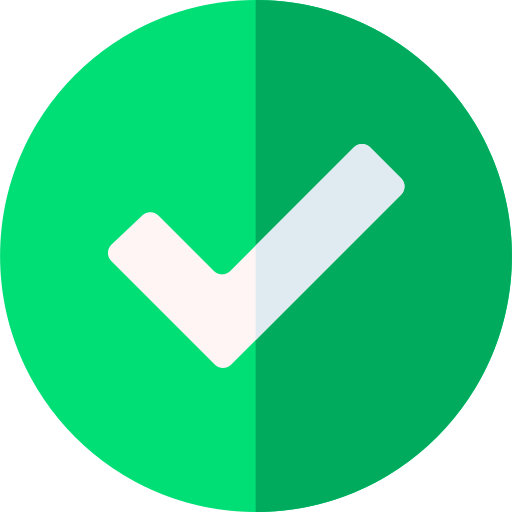
Align with standards
Structured format
Universal (fits all students)
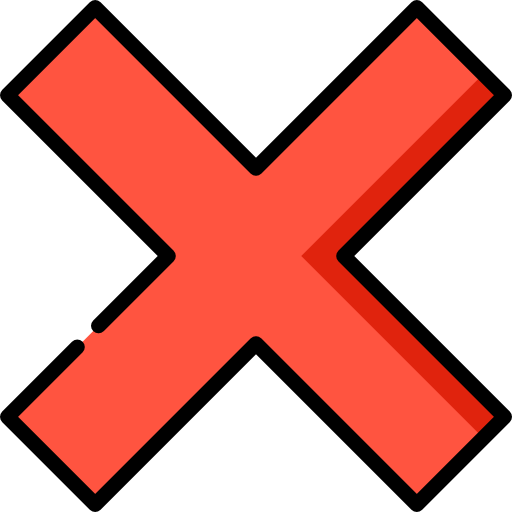
Time-consuming
Evaluators' views can differ
Stress inducing
Quiz: Summative Assessment Decision

Emil is deciding which summative assessment to evaluate his students' understanding of upcoming math standards. It needs to be suitable for all learners and assess the required learning outcomes.
Take a look at Emil's thoughts below. Which accurately fulfills his students' assessment requirements?
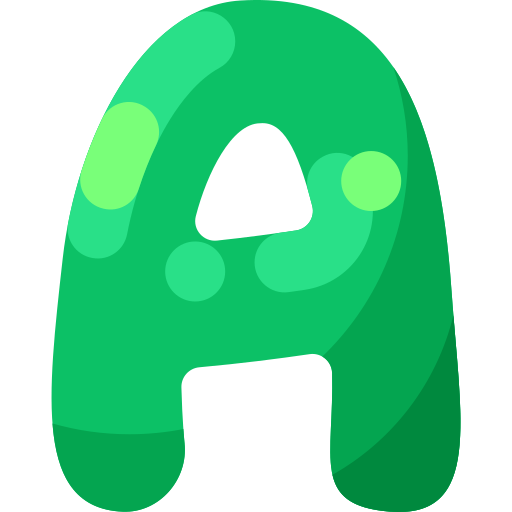
Portfolios allow me to capture all my students' learning.

Questionnaires correspond with the standards I'm assessing and can be completed by the whole class.

Observations and documentation are great for capturing my students' learning at the moment, but it'll take time to get it done.
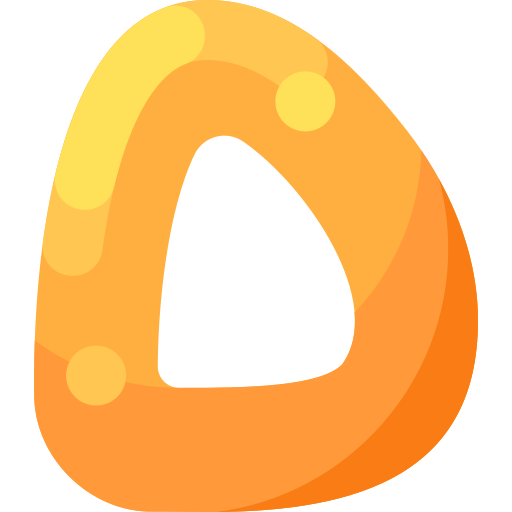
I'll conference with my students one-on-one.
Quiz
Which summative assessment fulfills his requirements?
Summative Assessment Tips
#1 Conducting Assessments
Here's how to set up & deliver, when to schedule, and inform students about the assessments.
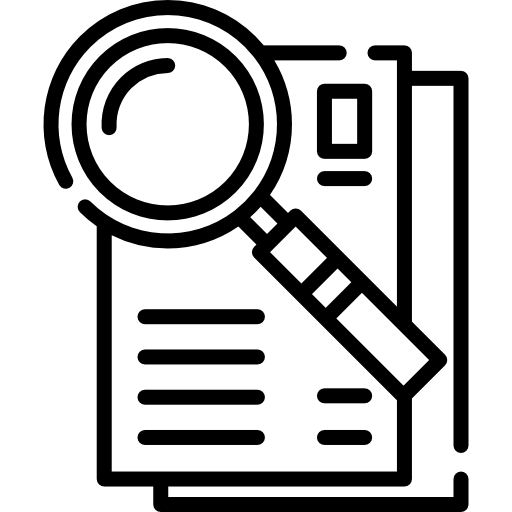
Observation and Notes
Use a pre-made document or regular paper to jot down observations while moving around the class. Decide on the number of observations beforehand.
Kindergartners are curious about the reasons behind certain actions. Inform them that you're observing and taking notes.
You can conduct observations year-round, taking just 3-5 minutes.

Portfolios
Either the teachers or students pick out samples of their work that showcase their academic achievements.
Creating a rubric or checklist can simplify the process of selecting work samples for kindergartners who enjoy all their work.
Gather samples at the end of the marking period, a unit, or at the start, middle, and end of the year.

Questionnaires
Questionnaires are generally required by schools or school districts, with instructions provided on how to administer them.
Explain why this assessment is important. For example, you can say, "Completing this assessment will help me know how well you blend sounds to read words."
The frequency at which the exam should be conducted will be specified by the school or school district.
#2 Sharing with families

Studies show parental involvement positively impacts academic performance. Feedback can be formal or informal:
Formal: Share student's summative assessments and overall performance during parent-teacher conferences. Talk about what the child is good at and areas where they might need some extra help.
Informal: Send assessments home with a note to talk about what they did well (glows) and where they can improve (grows).
Take Action
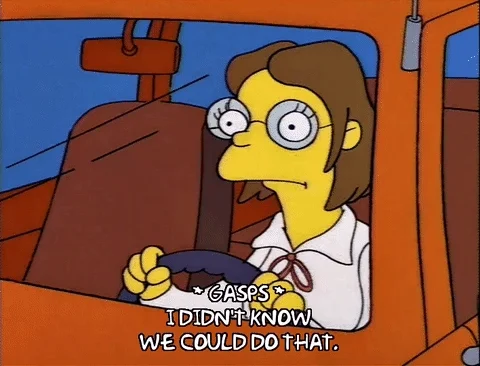
Boost your kindergarten teaching with practical summative assessments.
Take inventory of how you currently administer summative assessments. Then implement one or all the summative assessments to:
Your feedback matters to us.
This Byte helped me better understand the topic.

